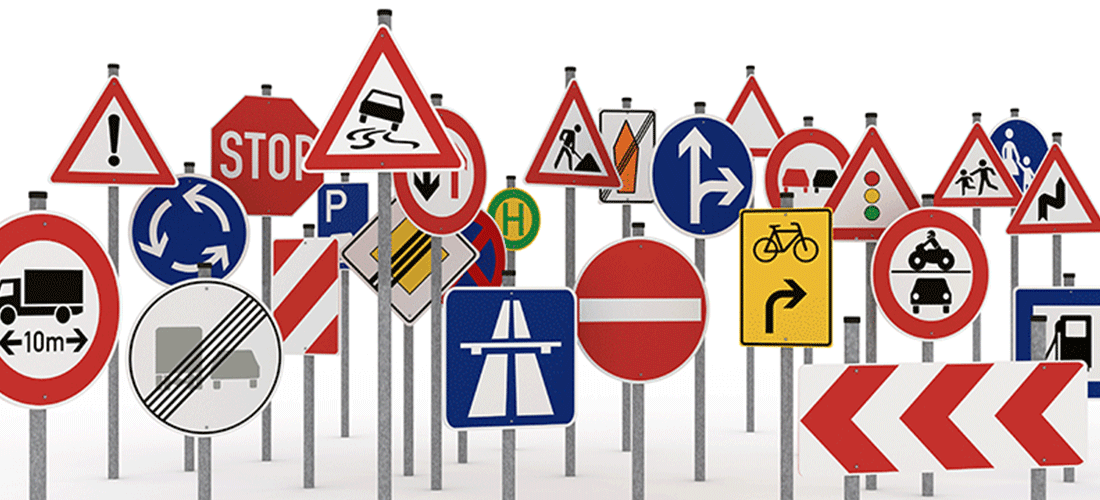Furthering understanding and driving action on road safety
In a world of confusing road signage, we're delighted to collaborate with IAM Roadsmart to launch our campaign for safer road signs.

There are an average of 452 casualties every day from road accidents in the UK. The factors impacting road safety are varied and complex, ranging from driver behaviours to our motoring infrastructure.
Recently, confusing road signs have been one of the most hotly debated contributing factors to poor road safety.
It was encouraging to see councils issued with guidance from the Department for Transport to remove obsolete road signs, with a view to reducing motorist confusion. However, we wanted to understand more about how our customers are impacted by UK road signs, and what additional steps can be taken to improve them, and driver safety.
Working in partnership
To have a meaningful impact that drives awareness and ultimately changes behaviour, we knew we had to work closely with experts in the field. So, we partnered with one of the country’s most respected road safety charities, IAM RoadSmart. Its underlying mission is to make our roads safer through the power of education, an ambition which really resonates with us.
In collaboration with IAM RoadSmart, we launched in-depth research into the attitudes of UK motorists to our current road signs, revealing startling results.
Over half of those motorists surveyed stated that they’d had or knew someone who’d experienced a “near miss” due to misinterpreting a road sign. On top of this, six in 10 said they don’t feel today’s signs are fit for purpose.
Bringing road signs up to speed
The findings of our research demonstrate that modernising road signs is crucial. Mobile phone usage, the increase in food delivery cyclists and scooters all present new risks, while certain environmental hazards, such as a low sun, aren’t currently covered by our road signage infrastructure. Society has changed, and so should the symbols governing our roads and traffic.
Of course, it’s important that road signage infrastructure doesn’t just reflect modern driving and challenges, but also that it looks ahead to the impact of emerging technologies on the highways of the future.
For example, if autonomous vehicles are a real and likely prospect, they alone could bring a host of new signage requirements, such as driverless-only lanes and a need for signs to connect with self-driving vehicles and communicate with them automatically.
Campaign for safer road signs
That’s why our motor insurance broker, 1ST CENTRAL, has today launched its campaign for safer road signs – to help improve motorists’ knowledge of existing road signs, and to start a conversation about the future of road signage infrastructure.
Keep an eye on 1ST CENTRAL’s Facebook page and blog during the next week to read more about our research results, along with a number of suggestions for new “road signs of the future”.
Ultimately, as an organisation that delivers market-leading motor insurance, we recognise that we have a responsibility to help improve driving safety - not just on today’s roads, but also on the roads of the future.